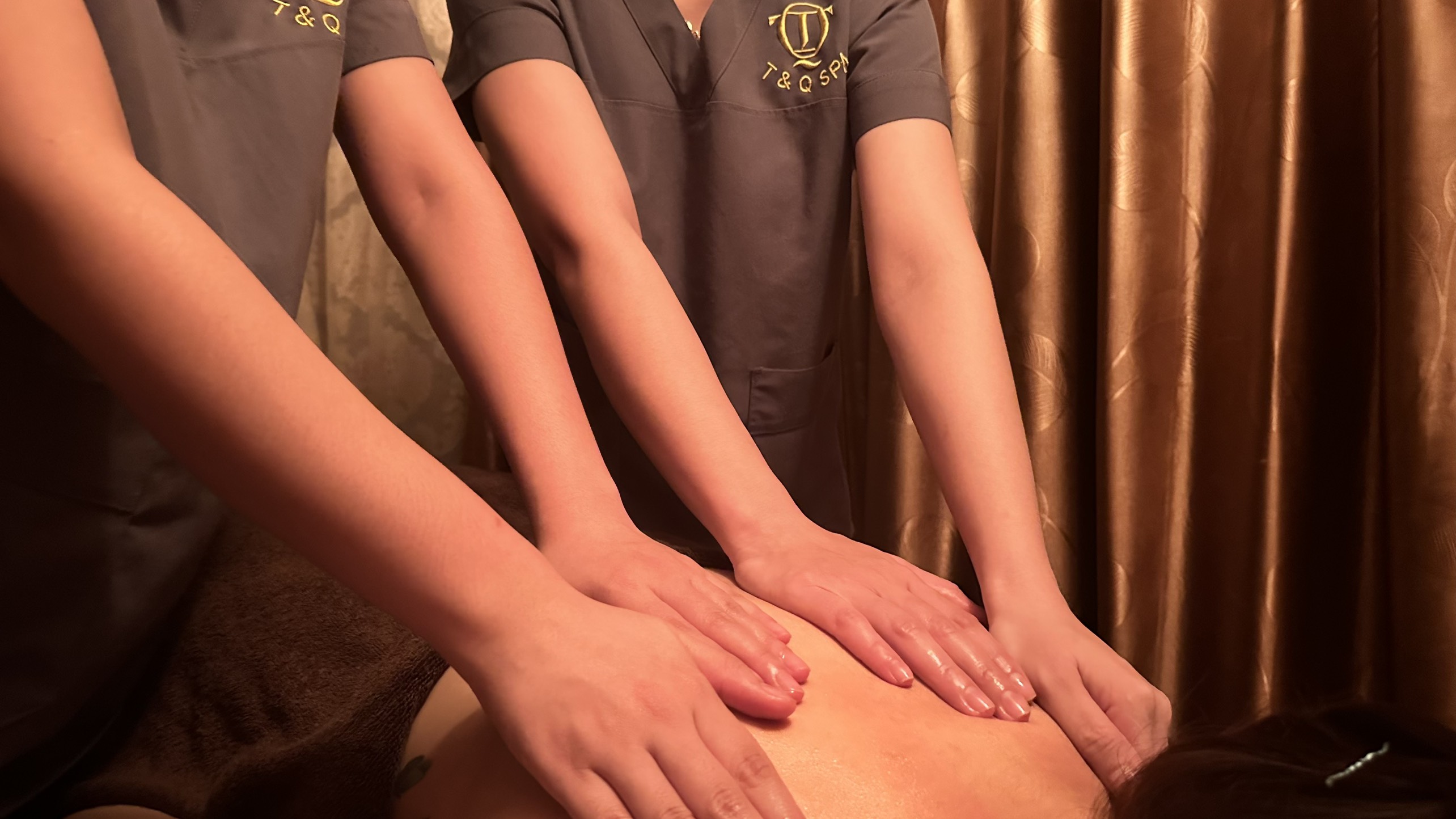
WEIGHT: 53 kg
Bust: Small
1 HOUR:30$
Overnight: +40$
Services: Lesbi-show hard, Massage, Striptease, Massage classic, Toys
Official websites use. Share sensitive information only on official, secure websites. This work is published and licensed by Dove Medical Press Limited. By accessing the work you hereby accept the Terms. Non-commercial uses of the work are permitted without any further permission from Dove Medical Press Limited, provided the work is properly attributed.
For permission for commercial use of this work, please see paragraphs 4. An estimated million people per year in developed countries acquire scars following surgical procedures whether it be elective, therapeutic or reparative.

Scarring from surgery can have a significant physical and psychological impact depending on the colour, relief, size, body location, surface area or function. Whether a procedure be life-saving such as a mastectomy, a caesarean, or a mole excision, or aesthetic such as breast reconstruction or laser treatment, patients are increasingly concerned with having an aesthetic scar outcome.
With improved surgical and technological advances, elective surgery and cosmetic procedures are becoming safer and easier to perform in both hospitals and outpatient clinics. This means that more people elect to undergo procedures for an increasing number of indications on varied body areas including the face, back and limbs but also breasts, ears or genitalia.

Therefore, taking the final scar outcome into consideration both before and after a procedure is becoming particularly important to ensure that controlled healing occurs with minimal discomfort. As the healing process varies from one procedure to another, and from one body part to another, each wound requires specific care. Dermatologists are well placed to manage wound healing but there remains a need for them to be involved in wound management and help surgeons better manage the wound healing process beyond wound closure and infection control.


































